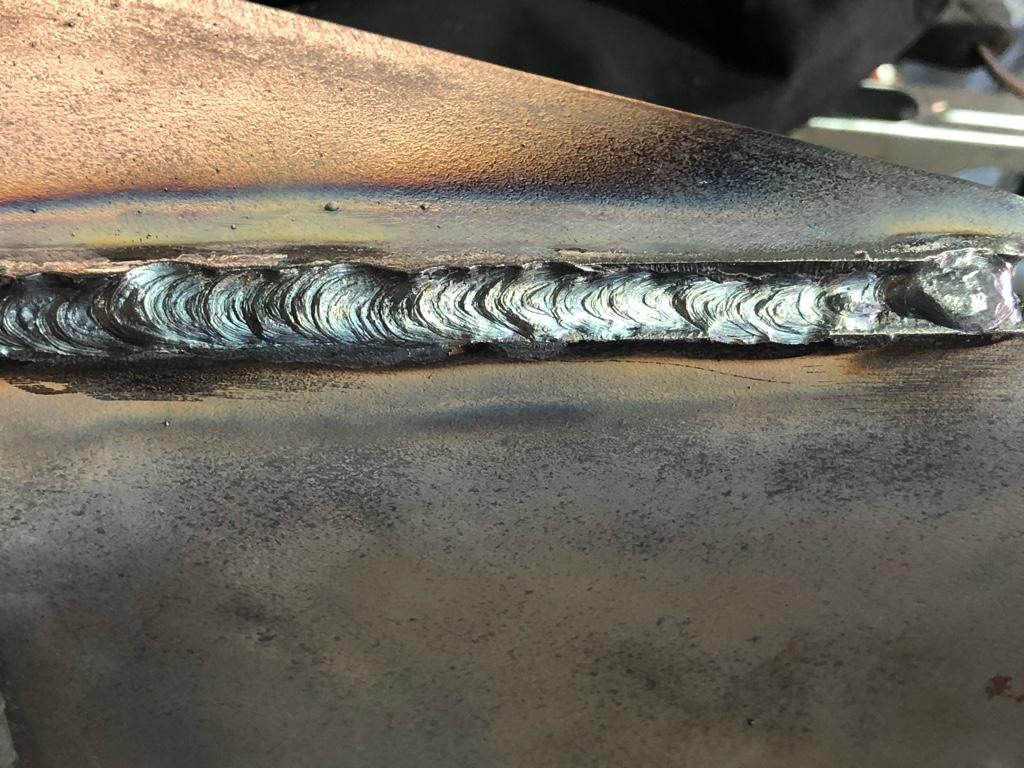A Comprehensive Overview to Identifying, Stopping, and Dealing With Undercut Welding Issues in Your Welding Projects
In the realm of welding, coming across undercut concerns is an usual difficulty that can jeopardize the architectural integrity and general top quality of your welding tasks. Keep tuned as we discover the vital elements of determining, avoiding, and dealing with undercut welding troubles, giving you with useful understandings and approaches to boost your welding abilities to the following degree.
Common Sources Of Undercut Welding
Undercut welding, a typical issue in welding procedures, can be triggered by various variables that need to be carefully recognized and dealt with to make sure the stability of the weld joint. One of the key causes of undercut welding is too much warm input.
Another typical reason for undercut welding is incorrect welding technique. Insufficient manipulation of the soldering iron or gun, inaccurate angle or range between the workpiece and the lantern, or inconsistent travel rate can all add to the formation of undercut. Additionally, utilizing the incorrect welding consumables or electrode size for a certain joint configuration can cause undercut issues. Determining these origin and carrying out corrective steps is essential in stopping and fixing undercut welding problems in welding tasks.
Identifying Undercut in Welds
To identify undercut precisely, appropriate lights and magnifying devices are necessary to check the weld joint extensively. Making use of devices such as a welding gauge or a magnifying glass can aid in finding even the tiniest undercut imperfections. Additionally, running a finger or a finger nail along the weld joint can occasionally disclose undercut, as the surface area might really feel irregular or have a dip where the undercut exists.
Safety Nets for Undercut
Having a deep understanding of the reasons of undercut in welds permits the implementation of effective safety nets to keep weld top quality and stability. One essential safety net appertains weld joint prep work. Making sure that the edges are clean, devoid of impurities, and appropriately beveled can dramatically minimize the possibility of undercut (Preventing weld undercut). Additionally, picking the proper welding specifications, such as voltage, current, and take a trip rate, is important. These settings must be enhanced to avoid extreme heat input, which can lead to damage formation.

Methods for Dealing With Undercut

Increasing the welding current or reducing the traveling rate can aid fill up in the undercut. Furthermore, altering the welding method from a push to a drag or vice versa can also aid decrease undercut.
An additional method is to utilize a weaving movement while welding to guarantee appropriate sidewall fusion and fill in the undercut. By oscillating the welding arc from side to side within the weld joint, the welder can deposit more filler product right into the undercut locations, successfully getting rid of the flaw.
Furthermore, grinding out the undercut and rewelding the joint can be a sensible option for more extreme undercut problems - Preventing weld undercut. This process includes removing the undercut area, preparing the base metal, and after that rewelding the joint with proper welding criteria and methods to prevent undercut from repeating

Expert Tips for Preventing Undercut
Making use of correct welding techniques and maintaining control over crucial welding criteria are essential methods for welders intending to protect against undercut in their weld joints. Additionally, choosing the proper welding procedure and filler steel for the details application can aid prevent undercut. Maintaining a consistent travel speed during the welding process is one more necessary idea to protect against undercut.
Verdict
Finally, identifying, avoiding, and repairing he said undercut welding issues in your welding projects is essential for guaranteeing strong and durable welds. Preventing weld undercut. By recognizing the usual root causes of undercut, being able to determine it in welds, executing safety nets, see it here and utilizing correct methods for repairing undercut, you can prevent potential issues and create high-quality welds. Adhering to specialist ideas for preventing undercut can help you boost your welding abilities and create better outcomes in your tasks
Undercut welding, a typical concern in welding processes, can be caused by different aspects that need to be carefully determined and dealt with to ensure the stability of the weld joint. Additionally, running a finger or a finger nail along the Visit Website weld joint can in some cases disclose undercut, as the surface might feel irregular or have a dip where the undercut exists.
Utilizing correct welding techniques and keeping control over key welding criteria are important strategies for welders aiming to protect against undercut in their weld joints.In final thought, recognizing, stopping, and fixing undercut welding issues in your welding tasks is essential for making certain durable and strong welds. By comprehending the usual reasons of undercut, being able to identify it in welds, carrying out preventative measures, and using appropriate strategies for fixing undercut, you can avoid prospective problems and develop high-quality welds.